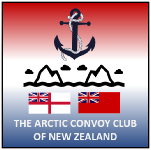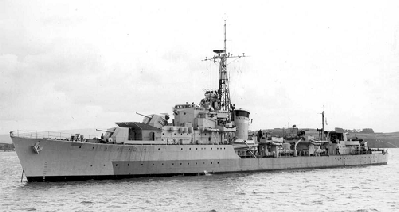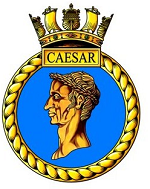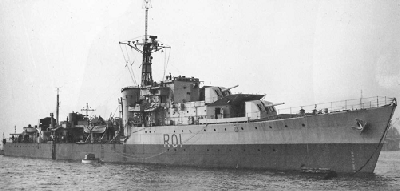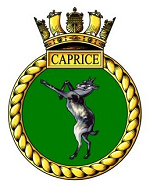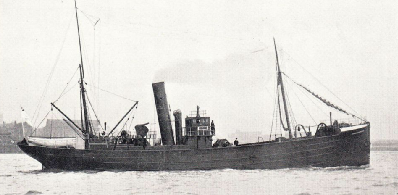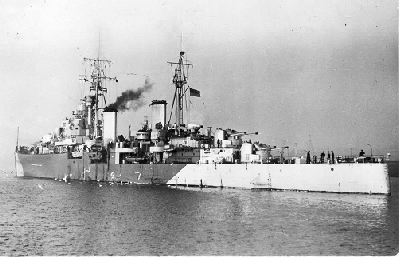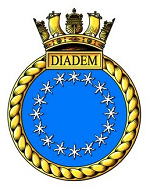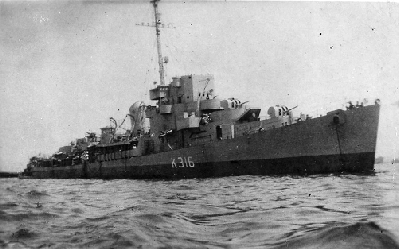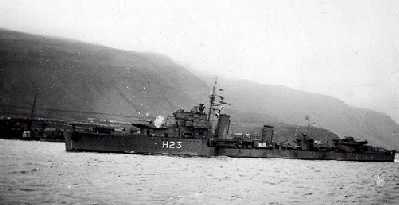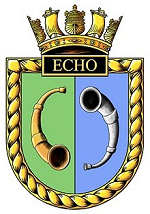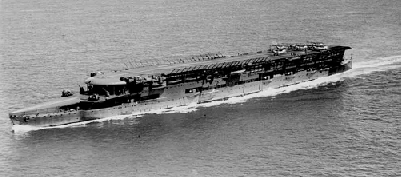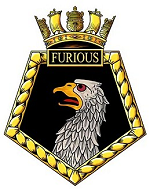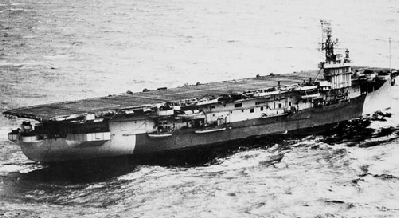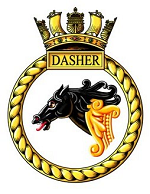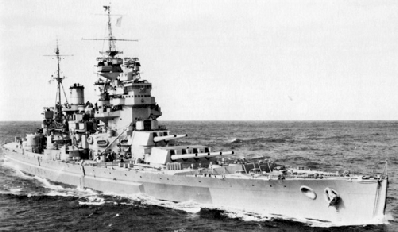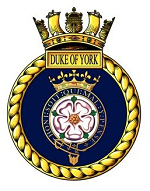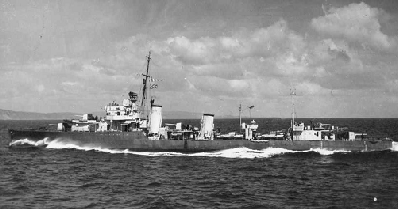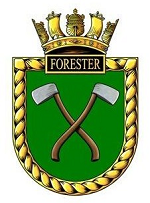ACCNZ Member that served on this ship:
Matt Clapham, Nelson (deceased)
HMS Furious was a modified Courageous class "large light cruiser" (an extreme form of battle-cruiser) converted into an early aircraft carrier of the Royal Navy. She was designed as a "large light cruiser" to participate in an amphibious landing on the Baltic coast of Germany during the First World War. As initially designed, she would have been a lightly-armoured cruiser mounting two 18-inch (457 mm) guns in two single mount gun turrets, one forward and one aft.
The intention was for a heavily armed ship able to navigate the Baltic narrows alongside smaller warships. However, while under construction, it was realized that she would be of more use in a totally different role. Only one of the two big guns was installed, her forward turret was removed before she was launched, and was replaced with a 160-foot (49 m) open deck for the flying-off of aircraft, with a hangar underneath. The aft 18-inch gun was left in place and trialled during July 1917. The results showed that the hull could not handle the recoil of the very large gun, and it was decided to remove it.
On 2 August 1917, while performing trials, Squadron Commander Edwin Dunning landed a Sopwith Pup successfully on board Furious, becoming the first person to land an aircraft on a moving ship. He made one more successful landing in the same manner, however on his third attempt, a tire burst as he attempted to land, causing the aircraft to go over the side, killing him. The deck arrangement was unsatisfactory; in order to land, aircraft had to manoeuvre around the superstructure. She returned to the dockyard in 1917 to have the aft turret removed and replaced by another, 300 foot (91 m) deck for landing and a second hangar, giving her both a launching and a recovery deck. Two lifts serving the hangars were also installed.
After being recommissioned on 15 March 1918, Furious and her embarked aircraft served in a number of important battles in World War I, notably the Tondern raid of July 1918 when her Sopwith Camels attacked the Zeppelin sheds at Tondern. After the end of the war Furious was sent to reserve, where she remained while the Navy decided what to do with her. In 1922 the Washington Naval Treaty was signed, and the British had to do something with her or scrap her. As a result of the experience with other aircraft carrying ships, Furious returned to the dockyard once again in 1922 to have her superstructure removed and a full length flight deck fitted, with a smaller launching deck beneath it at the bow. This got rid of the continuing problem of turbulence across the aft landing deck and established a pattern for aircraft carriers in the 1920s. Since there was no superstructure now, as on later aircraft carriers, Furious was conned by a navigating bridge on the starboard side of the forward end of the upper flight deck, and had a flying control position on the port side next to it. The ship was used extensively throughout the 1920s and 1930s as a platform to develop various techniques and tactics for the employment of carriers and carrier-based aircraft in the Royal Navy. In the 1930s, she was reconstructed again, with her launch deck converted to a gun platform with several anti-aircraft guns, and a small island superstructure added. It was in this configuration that the ship served in World War II.
When World War II started, Furious was attached to the Home Fleet, mostly hunting U-boats in the Atlantic, and carrying bullion to Canada. She took part in Operation Pedestal, carrying aircraft to Malta. After refitting in the United States, Furious took part in Operation Torch, the landings in North Africa, in November 1942. In 1943, she took part in strikes against German shipping, and attacked the German Battleship Tirpitz in Altafjord Norway. However, as the war progressed, the ship's age and limitations became increasingly apparent, and she was replaced by more modern vessels. Furious was placed in reserve in September 1944, and sold in 1948. She was scrapped starting on 15 March 1948, and the hull was scrapped at Troon in July.



